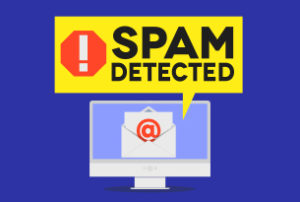Reading takes too much time. It is so much easier to flip through the pictures to get the gist than read the words. This is the foundation of Visual Content Marketing. Using crafted images to hold – for just a moment – the consumer’s fleeting attention.
Impacting more than business, Visual Content Marketing caters to our attention span, online behaviour, and consumption habits. And those organizations that can adjust their message delivery to this new reality are the ones who are benefiting. Whether this shift in habit is in part due to smartphone use or not, it is obvious that consumption habits have included preferences in content, like images and video. Smart content should be responsive to the user and how the user chooses to ingest it.
Pinterest, Instagram, and Tumbler are a few of the sites that have ridden the wave of sharing images. Built with User Generated Content, the members openly share their photos with their followers and build relationships and communities. Incorporating memes and infographics into the mix, organizations have found successful ways of finding a way to connect within these platforms. Mixing business with pleasure allows a brand to put itself in front of the consumer. Organizations like Visual.ly have found a niche within this audience. Even resumes are integrating visual elements to catch the attention on recruiters and hiring officers.
Video has also become a visual marketing avenue that reaps rewards – especially when properly optimized. People are more likely to watch a short, well-produced video than read an email. As YouTube is the second most powerful search engine after Google, videos can add a powerful benefit for SEO and rank on their own in search engines.
This also brings up the ever-present war with privacy of posted content. This free for all of image sharing is attractive to an international audience and a wide age range. Youths in particular seem to be unprepared for the permanence that is online content. The recent addition of Snapchat has addressed this through their creation of photos that dissolve after viewing and eliminate the long life of Internet content. We can only dream of what other creations are to come as a result of this increasing trend of image sharing.
However, the optimization of the Internet is still text-based. To use images as marketing collateral still requires keyword tagging in order to gain the most from using visuals in your content marketing efforts. It also often requires a story, branding, design, and quite often an original image.











